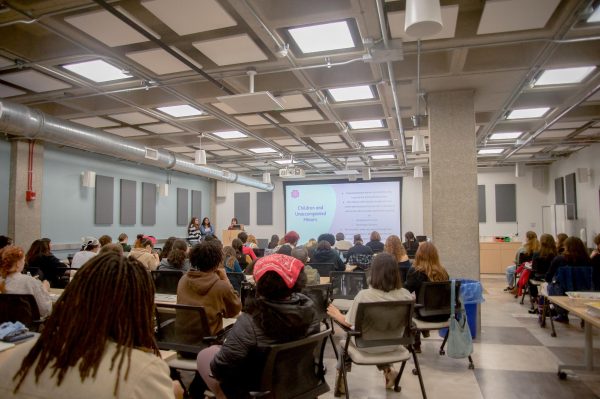Wind Farms Do Pose Health, Procedural Justice Concerns
At a recent Republican Party fundraiser, President Donald Trump made headlines for yet another bizarre, unprompted statement, remarking that the noise from wind turbines has the potential to cause cancer. As many scientists, journalists, and politicians on both sides of the aisle immediately pointed out, there is no evidence to corroborate this claim.
Several Democratic presidential candidates chimed in, mocking Trump’s ignorance. Iowa’s senators, both of whom are Republican, weighed in against the president, as representatives of a state significantly invested in wind energy. Even Kellyanne Conway’s husband, George, got a piece of the action, adding “Windmill cancer survivor” to his Twitter bio.
While the president’s statement was false, the idea behind it — that living near wind farms is unpleasant — is a little more complicated, and the resulting outrage has been frustratingly sensationalist and likely comes at the expense of productive dialogue. The pushback has obscured a truth that politicians and major media outlets do not often discuss — that wind turbines are, in fact, linked to harmful health outcomes for communities that live near them, and often implemented without much, if any, resident input or oversight.
In 2013, Gwen Ottinger, now an associate professor of Politics at Drexel University, published an article entitled “The Winds of Change: Environmental Justice in Energy Transitions.” In it, she writes about Wind Turbine Syndrome, a condition experienced by many people who reside in close proximity to wind farms.
The symptoms of WTS — which result from the noise, shadow flicker, and low-frequency ground vibrations associated with wind turbines — include “nausea, vertigo, tinnitus, sleep disturbance, and headaches.” According to Ottinger, complaints about these health impacts are largely brushed off by green energy supporters, both politicians and industry leaders alike. Residents have also expressed concern that previous studies have not accurately or fully assessed the health impacts of wind farms.
Before I read Ottinger’s article last summer, I had never encountered the idea of WTS, or indeed any documentation of the potentially negative impacts that wind farms can have on the communities they are placed within. However, as I began to talk with people about this issue — particularly residents of Oberlin and other communities across the Midwest, where wind energy has exploded in recent decades — I discovered exactly what Ottinger contends: these harmful impacts are widely understood by those in rural areas who are directly affected, but not usually discussed or validated in the dominant literature or media narratives.
This denial of local knowledge and community testimony about the sometimes-detrimental impacts of wind farms is telling. It reveals that we have a lot of momentum behind the implementation of wind farms, to the point that even staunchly conservative Senator Chuck Grassley of Iowa will go to bat against his own president to defend them. For Grassley and Joni Ernst, Iowa’s junior senator, wind energy represents a significant economic force across their state. If there’s one truth about modern America, it’s that politicians, businesspeople, and other leaders will stick their necks out for whatever is padding their bottom line.
The danger of this growing economic momentum behind wind energy is that we lose the opportunity for a nuanced approach to a green energy transition. This transition is a vitally important one to make, but also one that can reinforce existing racial and socioeconomic inequities if made poorly. It’s easily conceivable that the same communities marginalized by our current energy system — largely low-income communities and communities of color — will continue to bear disproportionate burdens if we don’t also make significant structural changes to how and where energy facilities are implemented.
In her article, Ottinger references “procedural justice” — the idea that residents should be involved in all stages of implementing technologies like wind farms in their communities, as well as the monitoring and regulation of processes after they have been implemented. She advocates for “thinking on a community scale” to address the incidence of WTS and move toward a system that prioritizes both green energy and equity.
The uniform outrage about Trump’s cancer comment — while factually correct — suggests that we still have a long way to go in acknowledging the nuances of procedural injustices that have created environmental hardships for communities across the country, sometimes masked in the name of sustainable and renewable energy.
Fortunately, awareness is rising that climate change needs to be tackled through a people-focused lens that acknowledges how histories of marginalization and oppression have unequally distributed environmental benefits and hazards. However, this lens is most commonly applied to situations where a community has been polluted or otherwise injured in stark, visible ways — let’s take this moment to recognize that the same lens can, and must, be applied to progressive environmental policy as well.
Climate change is forcing us to redefine how we live, in so many ways. Let’s view that as an opportunity, and use it to combat the structural inequities deeply imbedded in our current energy system.


